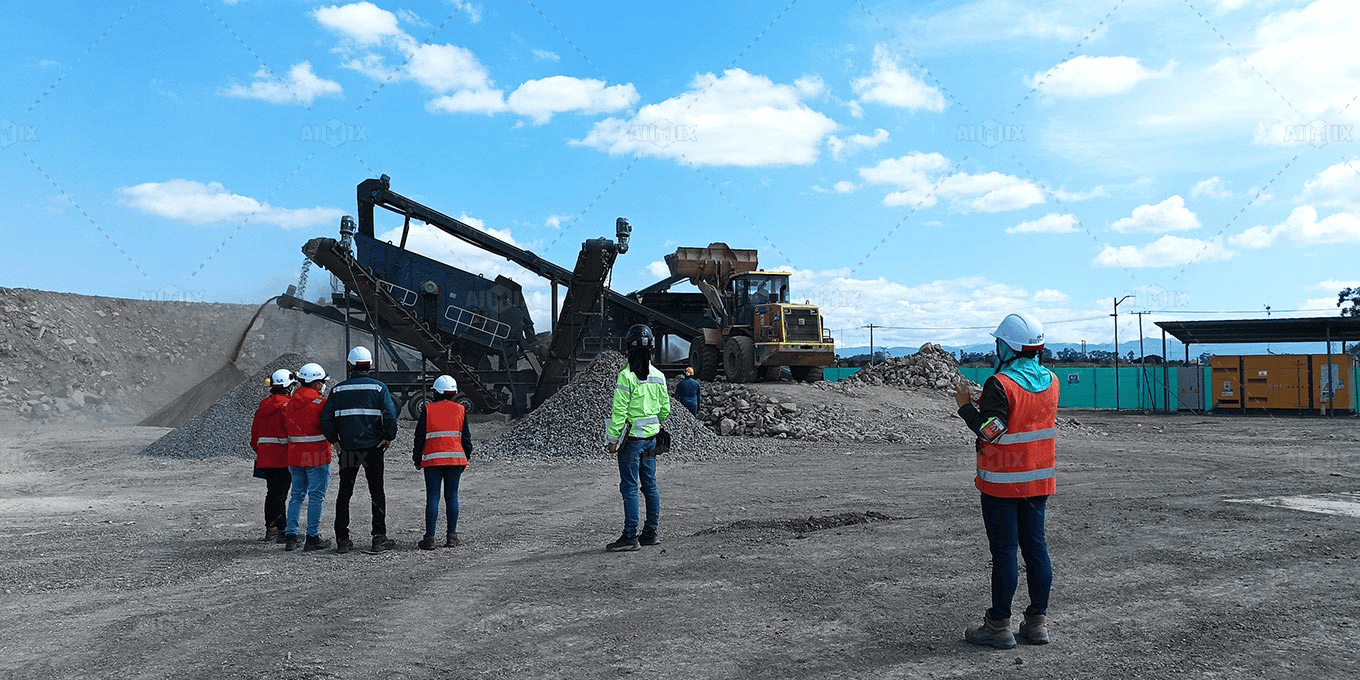Limestone crushers are a fundamental part of cement production, ensuring the raw material is processed into the appropriate size for further refinement. However, improper usage can lead to inefficiencies, excessive wear, and even equipment failure. Maximizing the limestone crusher’s efficiency while minimizing operational disruptions requires adherence to specific guidelines. Understanding the essential practices—both what to do and what to avoid—ensures optimal performance, reduced maintenance costs, and sustained production output.
Proper Operation and Maintenance
Ensuring Consistent Feed Rate
A stable and controlled feed rate is essential for maintaining crusher efficiency. Irregular feeding can cause uneven wear, leading to premature failure of internal components. Operators should utilize vibratory feeders or automated systems to regulate the material flow, preventing excessive strain on the machine.

Monitoring Wear and Tear
Limestone’s abrasive nature gradually erodes crusher components, particularly the hammers and liners. Routine inspections help identify early signs of wear, allowing for timely replacements before damage escalates. Lubrication schedules must be strictly followed to maintain smooth operation and prevent overheating, which can compromise structural integrity.
Avoiding Common Pitfalls
Overloading the Crusher
Exceeding the crusher’s capacity leads to excessive stress, increased power consumption, and eventual equipment failure. Crusher Plant manufacturers specify capacity limits for a reason—ignoring them accelerates component wear and increases downtime. To avoid bottlenecks, the crushing stage should be balanced with downstream processing rates.
Ignoring Material Composition
Limestone may contain varying levels of silica and moisture, affecting crushing efficiency. High silica content accelerates wear, requiring specialized alloys in wear parts. Moisture-rich limestone can cause material buildup, leading to blockages and reduced throughput. Adjusting crushing parameters based on material characteristics ensures consistent performance.

Long-Term Efficiency Strategies
Implementing Automation
Modern crusher systems integrate sensor-based monitoring, providing real-time performance data. Automation optimizes crusher settings, feed rates, and power usage, reducing the likelihood of mechanical failures. Predictive maintenance features help operators address potential issues before they result in costly downtime.
Aligning Crusher Selection with Cement Requirements
The type of limestone crusher must align with the cement plant’s grinding and blending processes. Impact crushers are preferred for fine material output, while mobile jaw crusher is more suited for primary crushing. Evaluating the required particle size distribution ensures seamless integration into the overall cement production workflow.
Maintaining proper limestone crusher use in cement production is not just about efficiency—it’s about ensuring longevity, reducing costs, and preventing operational setbacks. Implementing structured procedures and avoiding common mistakes ultimately contributes to higher production reliability and plant performance.

